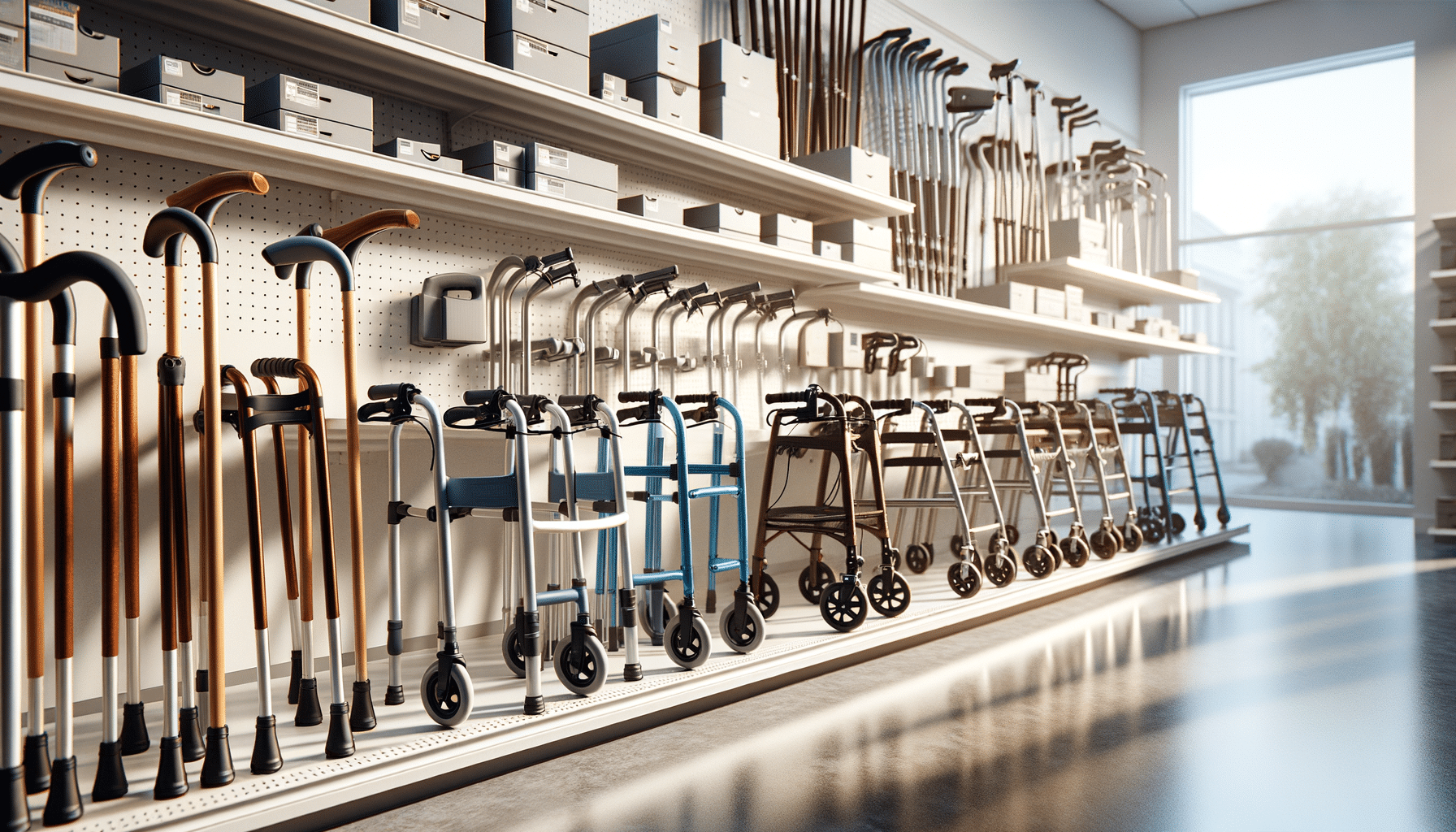
Choosing the Right Walking Assist Device: Key Considerations
Introduction to Walking Assist Devices
Walking assist devices play a crucial role in enhancing mobility and ensuring safety for individuals who face challenges in walking unaided. These devices not only help in maintaining balance but also provide the confidence needed to navigate daily activities. With a variety of options available, choosing the right walking assist device can significantly enhance one’s quality of life. In this article, we will explore the important factors to consider when selecting a walking assist device, ensuring that you or your loved ones can move around with ease and comfort.
Understanding Different Types of Walking Assist Devices
Walking assist devices come in various forms, each designed to cater to different needs and preferences. The most common types include canes, walkers, rollators, and crutches. Canes are ideal for individuals who need minimal support and are seeking a lightweight option. They are perfect for those with minor balance issues. Walkers provide more stability and are suited for those who require additional support, especially on uneven surfaces. Rollators, equipped with wheels and a seat, offer convenience for those who might need a break during extended use. Lastly, crutches are typically used temporarily by individuals recovering from an injury or surgery. Understanding these options is key to making an informed decision.
Key Considerations When Choosing a Walking Assist Device
When selecting a walking assist device, there are several factors to consider to ensure it meets the user’s specific needs. Firstly, consider the level of support required. This will help determine whether a cane, walker, or more specialized device is appropriate. Secondly, the user’s physical condition and strength are crucial in choosing a device that they can manage comfortably. Additionally, the device’s weight and portability should align with the user’s lifestyle, especially if they need to transport it frequently. Finally, consider any additional features, such as adjustable heights or ergonomic handles, which can enhance comfort and usability.
Measuring for the Perfect Fit
Ensuring the correct fit of a walking assist device is essential for safety and comfort. For canes and walkers, the handle should align with the user’s wrist crease when they are standing upright with their arms relaxed at their sides. This allows for a slight bend in the elbow, which is optimal for support. For crutches, the top should be about two inches below the armpits, and the handgrips should align with the hips. Proper fitting can prevent additional strain on the body and promote better posture, making mobility easier and more comfortable.
Conclusion: Enhancing Mobility with the Right Device
Choosing the right walking assist device involves understanding the specific needs and capabilities of the user. By considering the type of support required, the user’s physical condition, and ensuring a proper fit, individuals can significantly enhance their mobility and independence. These devices are more than just tools; they are gateways to a more active and fulfilling lifestyle. Whether for temporary use during recovery or long-term assistance, the right choice can make all the difference in maintaining a safe and active lifestyle.


